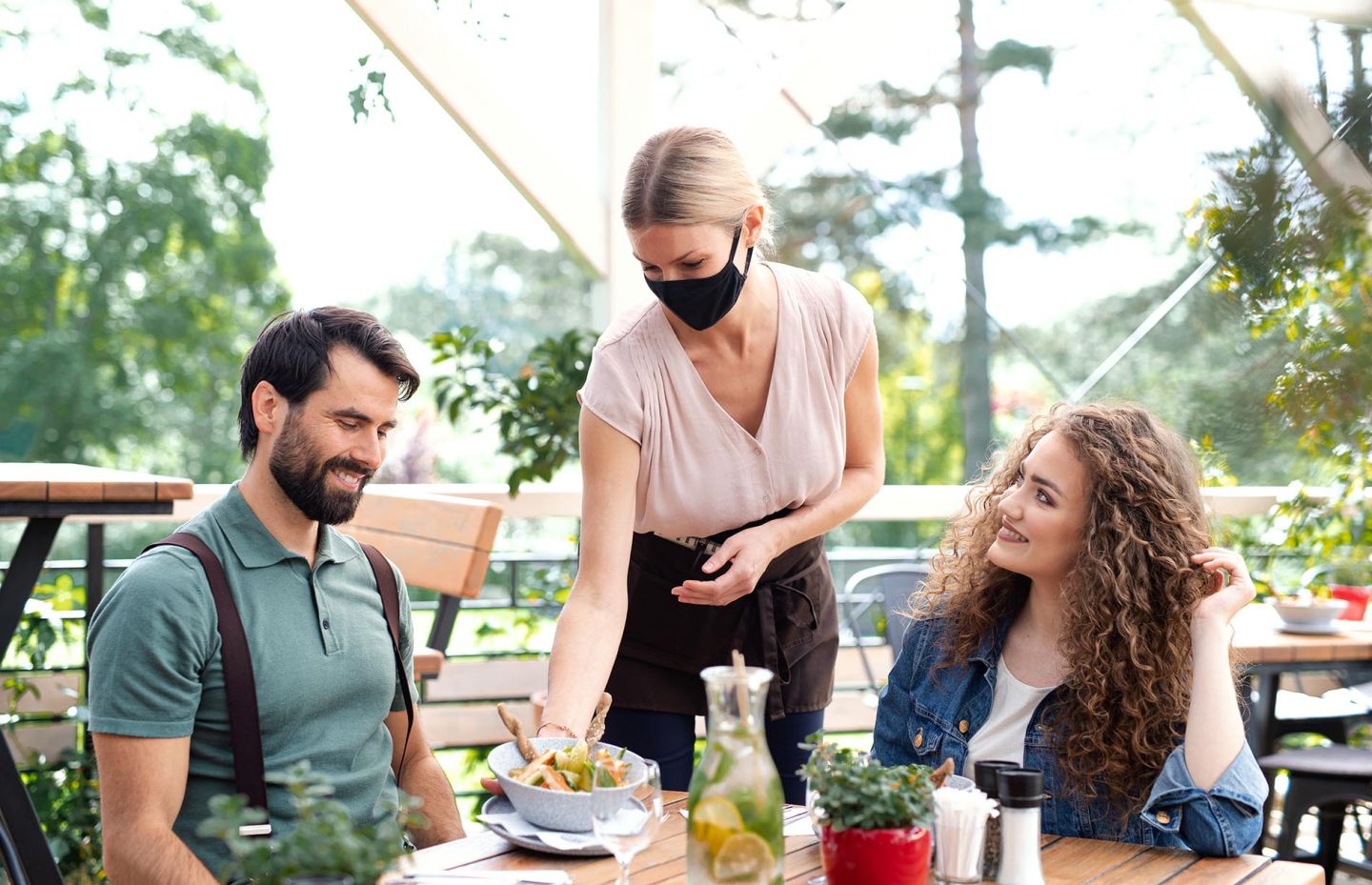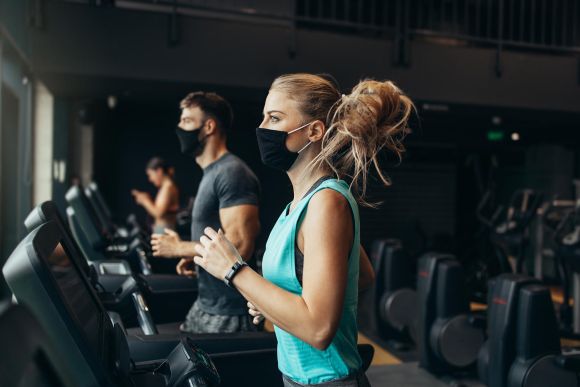Flowers, chocolate, and reservations for a romantic candlelight dinner made weeks in advance—these are the usual hallmarks of Valentine’s Day.
But with the COVID-19 pandemic, things have been anything but usual this year. Even so, restaurants across the country are opening back up, some for carry-out only, others with dine-in seating. With that in mind, what did foot traffic at restaurants look like on Valentine’s Day this year, a day when couples traditionally eat out?
We turned to Buxton’s Consumer Impact Dashboard to answer this question. The dashboard uses GPS data from mobile devices to track trends in visitor volume by business category, such as restaurants. Using this tool, we pulled the numbers for the weekend before Valentine’s Day (February 5, 6, and 7), as well as the weekend of Valentine’s Day (February 12, 13, and 14). Armed with this data, we compared foot traffic at both full-service restaurants and quick-service restaurants to find out whether the industry experienced higher traffic during this important dining weekend.
Let’s take a look at what happened across the country in the restaurant industry this Valentine’s Day.
Full Service
Of the 50 states and Washington D.C., 45 saw an increase in the number of visitors to full-service restaurants from the weekend before Valentine’s Day to the weekend of Valentine’s Day.
Here are the top five.
1. Alaska
Alaska had the biggest increase in traffic with a whopping 46.1% more visitors to its full-service restaurants.
2. Vermont
The next largest increase happened in Vermont, with 35.6% more visitors to full-service restaurants on Valentine’s Day weekend.
3. Wyoming
In Wyoming, foot traffic at full-service restaurants jumped by 33.3%.
4. Connecticut
A total of 30.7% more Connecticuters visited full-service restaurants on Valentine’s Day weekend than they did the weekend before.
5. Delaware
Delaware saw an increase in foot traffic of 27.5% to full-service restaurants between the two weekends.
On the opposite end of the spectrum, here are the five states with the biggest decreases in foot traffic to full-service restaurants. All of these states faced winter storms or winter storm warnings that likely played a role in traffic declines.
1. Oklahoma
Oklahoma had the biggest drop in traffic with 26.4% less visits.
2. Arkansas
While Arkansas had a 16.7% drop in full-service visits, the state actually saw an 8.5% rise in visits to QSR over the same time period and was the only state to see this pattern.
3. Oregon
In Oregon, visits dropped by 13% between the two weekends.
4. Texas
Between the weekend before Valentine’s Day to the weekend of, 11.8% fewer Texans visited full-service restaurants.
5. Washington
Washington saw a 10.2% decrease in foot traffic to full-service restaurants.
Quick-Service Restaurants
Similarly to full-service restaurants, the vast majority of states saw a rise in foot traffic at QSR establishments, with much overlap between the top and bottom states for each type of restaurant.
Let’s look at the states with the biggest increase in QSR visits first.
1. Vermont
Like with its full-service foot traffic, Vermont experienced QSR traffic increases of 37.6% between the weekend before and the weekend of Valentine’s Day.
2. New Hampshire
In New Hampshire, foot traffic increased by 30.7%
3. Connecticut
Connecticut experienced a 25.9% jump in foot traffic Valentine’s Day weekend.
4. Alaska
Right behind Connecticut, 24% more Alaskans visited QSR establishments over Valentine’s Day weekend than the weekend before.
5. New Jersey
Rounding out the top five, New Jersey saw a 23.7% increase in foot traffic.
Finally, here are the states with the biggest drop in QSR foot traffic over Valentine’s weekend.
1. Washington
Just as Washington saw a decrease in full-service restaurant traffic, the state also saw a 14.8% drop in QSR traffic.
2. Washington D.C.
Those living in the nation’s capital decreased their QSR foot traffic by 14.7%.
3. Oregon
In Oregon, foot traffic dropped by 11% between the weekend before and the weekend of Valentine’s Day.
4. Oklahoma
Oklahoma’s drop in foot traffic for QSR wasn’t as dramatic as the drop in traffic for full-service restaurants, but it still fell 7.7%.
5. Kansas
Foot traffic at Kansas QSR establishments fell by 3.9%.
The Bottom Line
Between the weekend before Valentine’s Day to weekend of Valentine’s Day, the foot traffic in both QSR and full-service restaurants increased for 42 of the 50 states and Washington D.C.
Though the data accounts for both dine-in and carry-out visitors, it appears that people are becoming more comfortable eating out at restaurants, at least for special occasions. This bodes well for restaurants of all kinds as vaccine rollouts continue and spring approaches, bringing better weather with it.
Want to learn more about how your organization can keep up with changing consumer behavior? Dive into 3 Steps Retailers and Restaurants Need to Take in Response to Evolving Customer Behavior.


